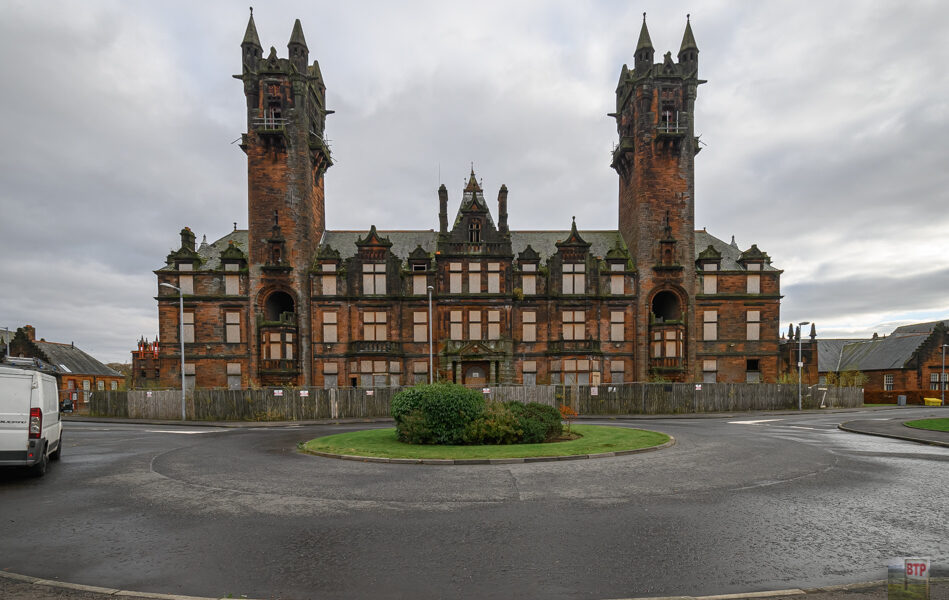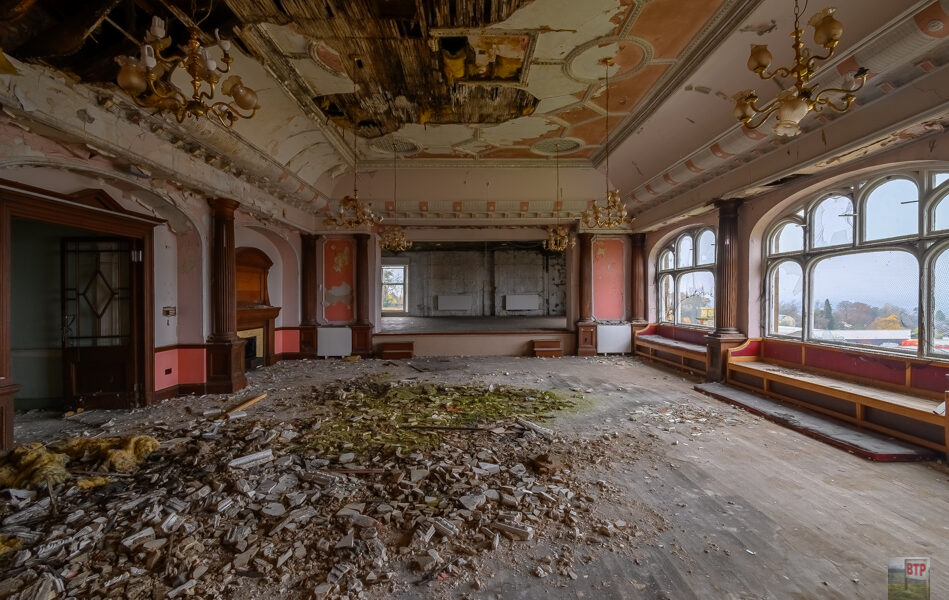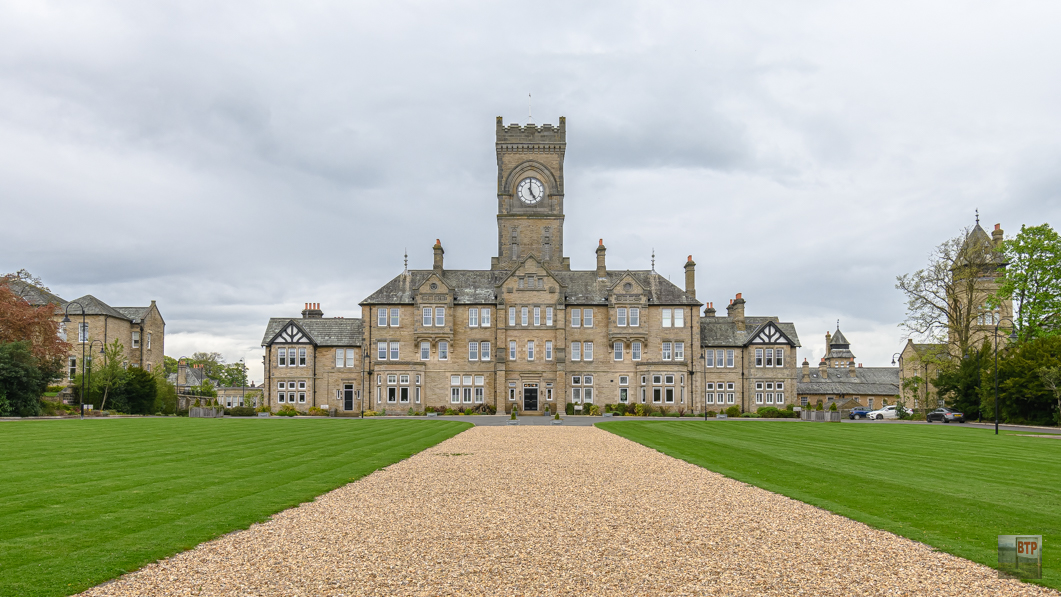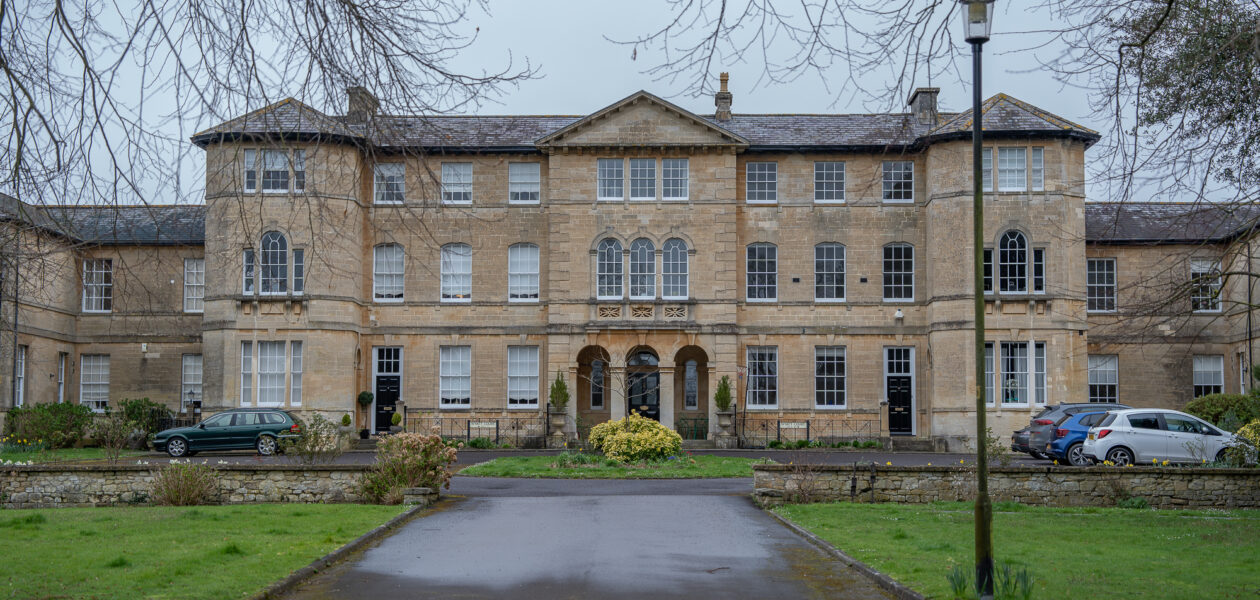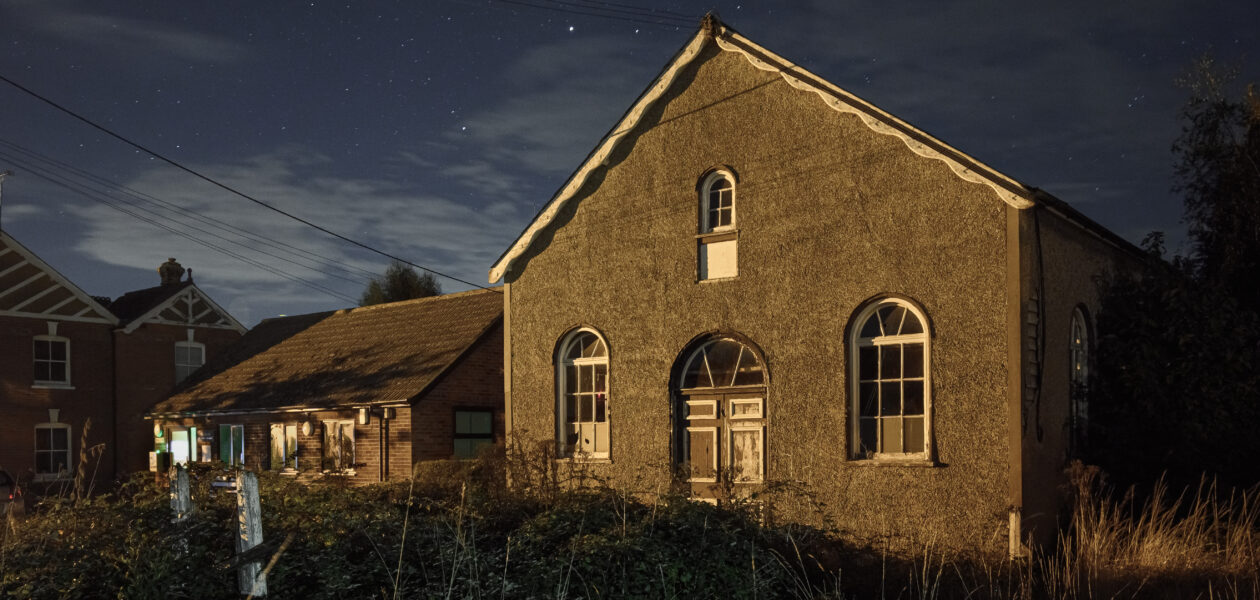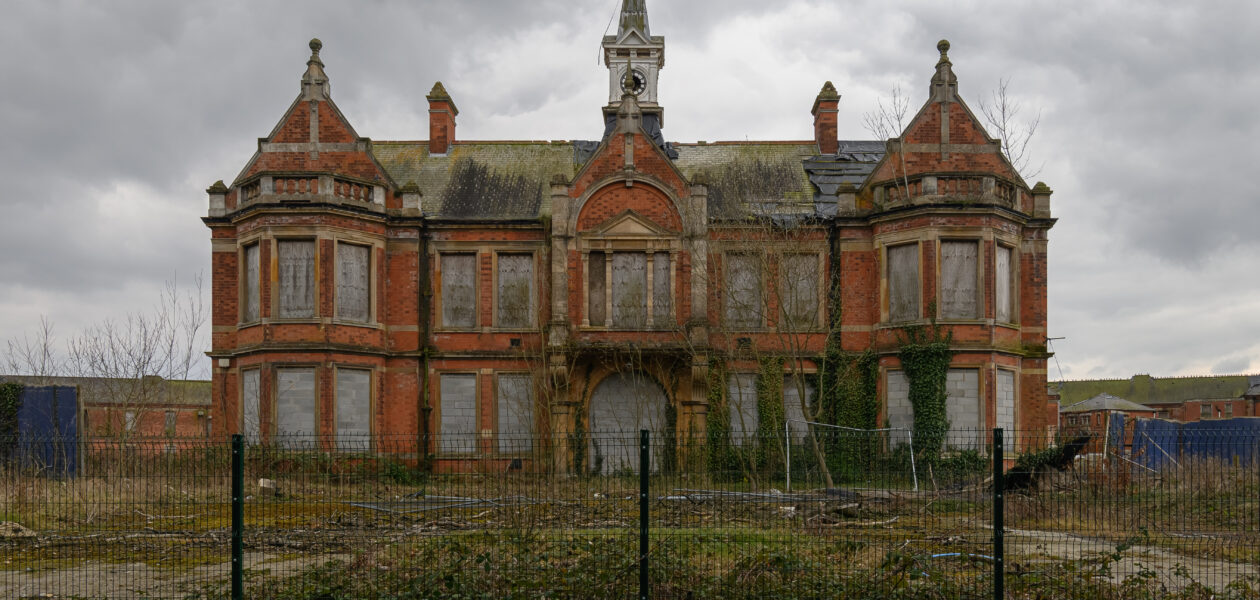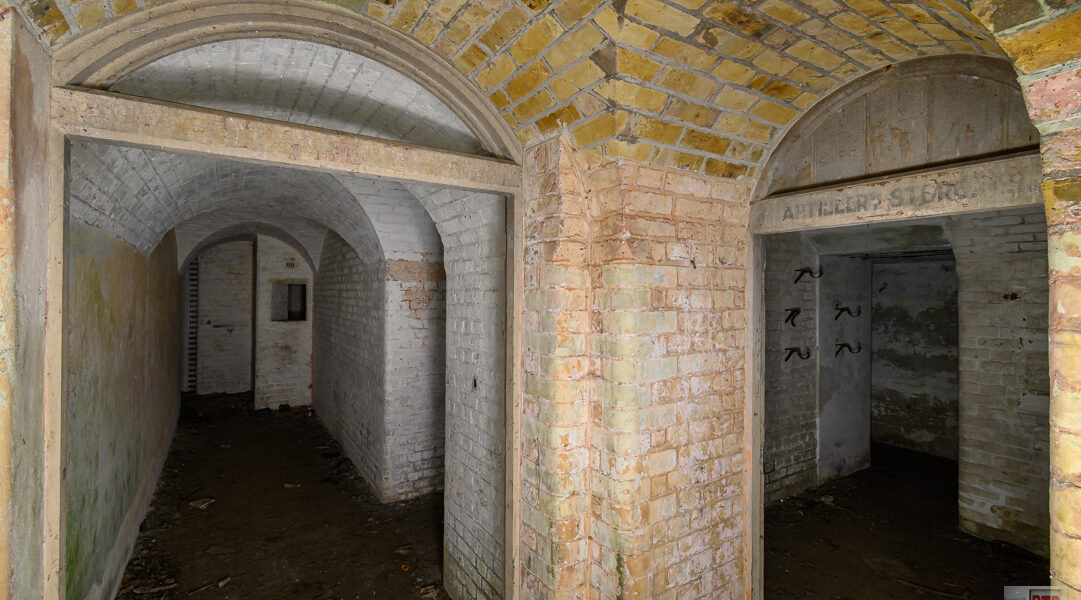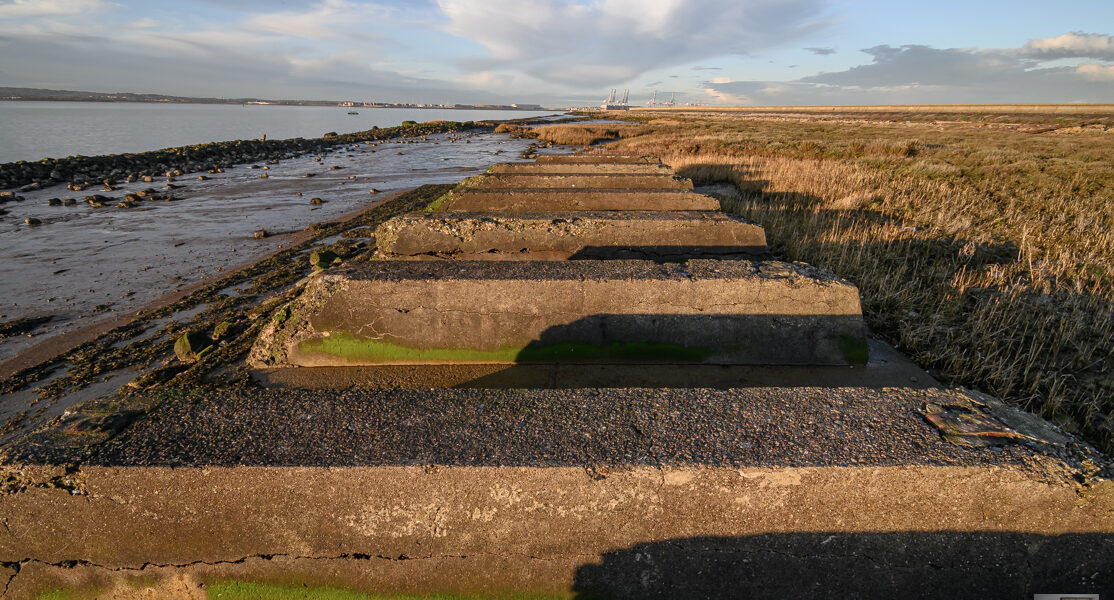Gartloch Asylum
Play from 10:06 to watch our footage of Gartloch Asylum If you’ve ever watched a horror film or read a scary book about a psychiatric hospital in the middle of nowhere, you might picture somewhere like Gartloch Asylum. The imposing administration building with its two striking towers still stands today and is one of the…
View More
